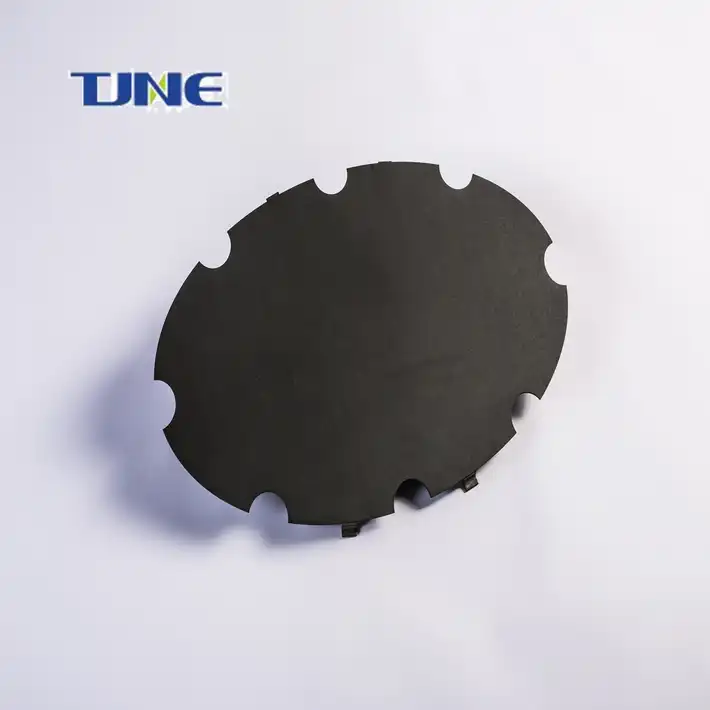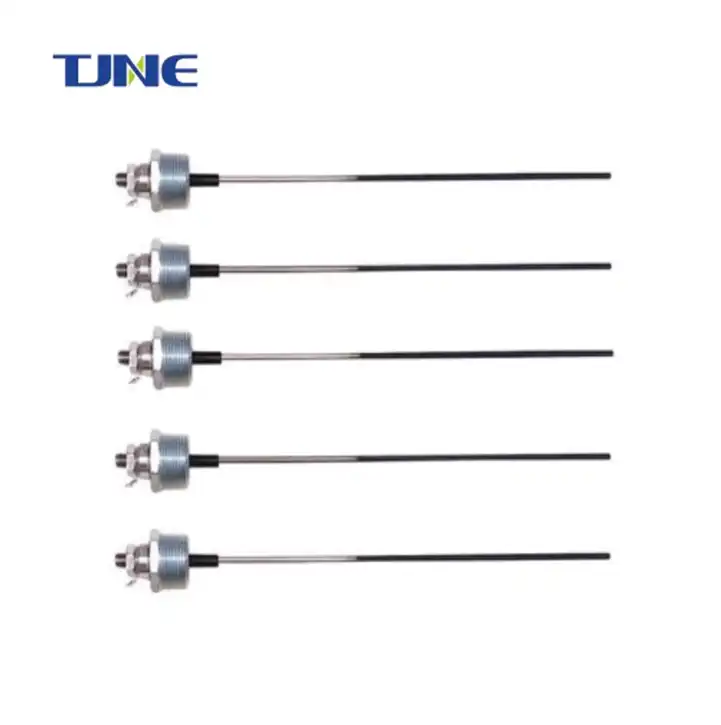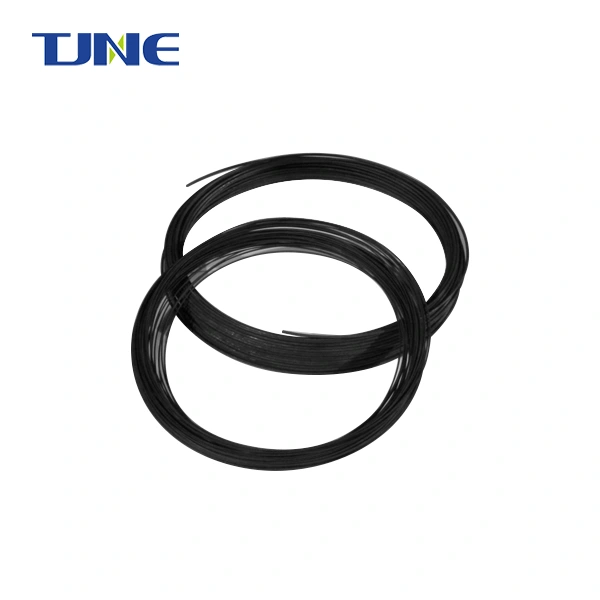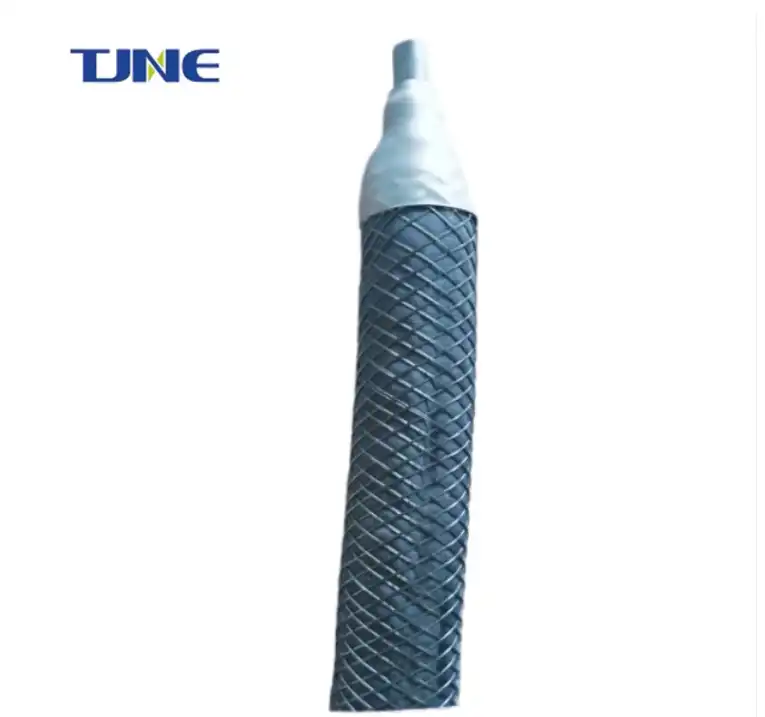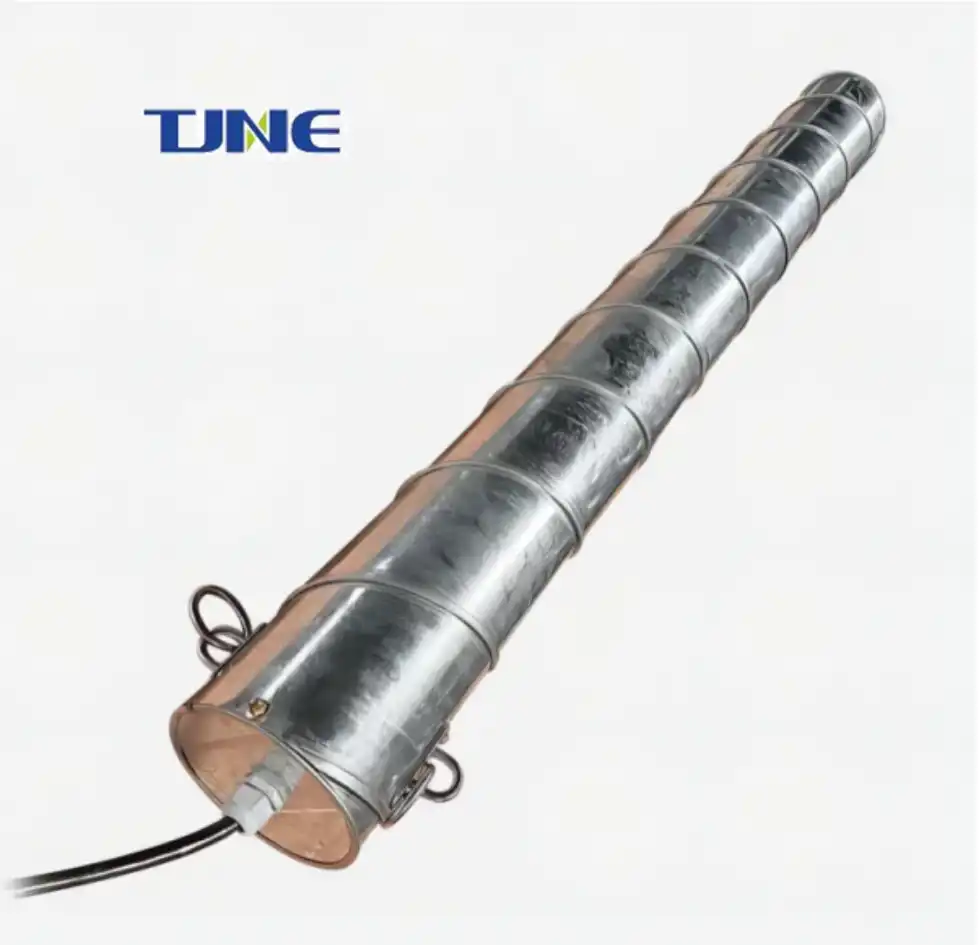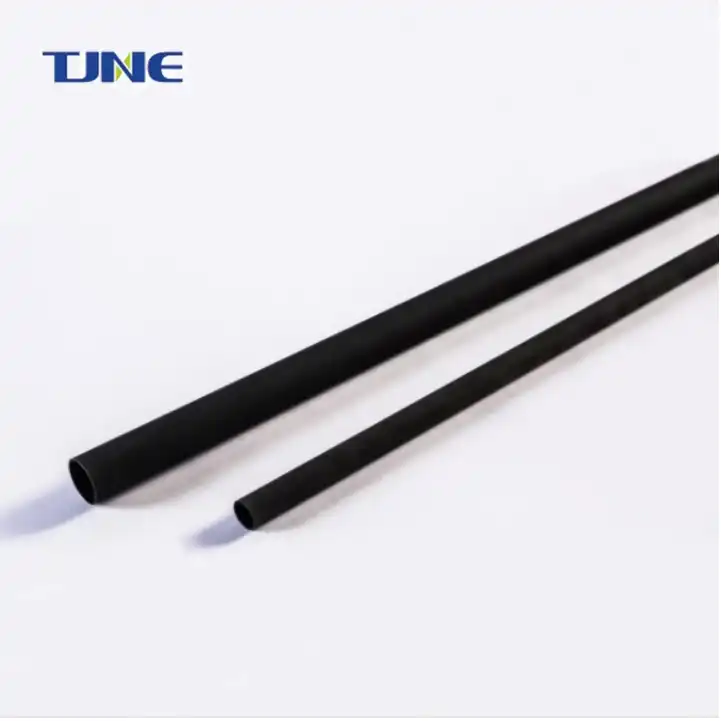- English
- French
- German
- Portuguese
- Spanish
- Russian
- Japanese
- Korean
- Arabic
- Greek
- German
- Turkish
- Italian
- Danish
- Romanian
- Indonesian
- Czech
- Afrikaans
- Swedish
- Polish
- Basque
- Catalan
- Esperanto
- Hindi
- Lao
- Albanian
- Amharic
- Armenian
- Azerbaijani
- Belarusian
- Bengali
- Bosnian
- Bulgarian
- Cebuano
- Chichewa
- Corsican
- Croatian
- Dutch
- Estonian
- Filipino
- Finnish
- Frisian
- Galician
- Georgian
- Gujarati
- Haitian
- Hausa
- Hawaiian
- Hebrew
- Hmong
- Hungarian
- Icelandic
- Igbo
- Javanese
- Kannada
- Kazakh
- Khmer
- Kurdish
- Kyrgyz
- Latin
- Latvian
- Lithuanian
- Luxembou..
- Macedonian
- Malagasy
- Malay
- Malayalam
- Maltese
- Maori
- Marathi
- Mongolian
- Burmese
- Nepali
- Norwegian
- Pashto
- Persian
- Punjabi
- Serbian
- Sesotho
- Sinhala
- Slovak
- Slovenian
- Somali
- Samoan
- Scots Gaelic
- Shona
- Sindhi
- Sundanese
- Swahili
- Tajik
- Tamil
- Telugu
- Thai
- Ukrainian
- Urdu
- Uzbek
- Vietnamese
- Welsh
- Xhosa
- Yiddish
- Yoruba
- Zulu
Mixed Metal Oxide (MMO) Titanium Probe Anodes are advanced electrochemical devices widely used in cathodic protection systems and various industrial applications. These anodes consist of a titanium substrate coated with a mixture of precious metal oxides, typically including iridium, tantalum, and other elements. The unique composition of MMO Titanium Probe Anodes makes them highly effective in combating corrosion and extending the lifespan of metal structures in challenging environments.
How does an Iridium Tantalum Coated Titanium Anode work?
Iridium Tantalum Coated Titanium Anodes, a specific type of MMO anode, function based on the principle of impressed current cathodic protection (ICCP). This electrochemical process involves the anode releasing electrons into the surrounding electrolyte, typically soil or water, creating a flow of current that protects the metal structure (cathode) from corrosion.
The coating of iridium and tantalum oxides on the titanium substrate plays a crucial role in the anode's performance. Iridium oxide provides excellent catalytic properties, facilitating the efficient transfer of electrons and reducing the energy required for the electrochemical reactions. Tantalum oxide, on the other hand, enhances the stability and durability of the coating, ensuring a longer operational life for the anode.
When an electric current is applied to the anode, it initiates the oxidation of water molecules in the surrounding electrolyte. This reaction produces oxygen gas and hydrogen ions, which create a local environment that helps prevent the corrosion of the protected metal structure. The titanium substrate serves as an excellent base material due to its inherent corrosion resistance and ability to form a stable passive oxide layer.
The effectiveness of Iridium Tantalum Coated Titanium Anodes lies in their ability to maintain a consistent current output over extended periods. This stability ensures continuous protection of the metal structure, even in harsh environments such as seawater, soil with high chloride content, or industrial settings with corrosive chemicals.
Moreover, these anodes exhibit a low consumption rate, meaning they can operate for many years without significant degradation. This longevity translates to reduced maintenance requirements and lower long-term costs for cathodic protection systems.
In practical applications, Iridium Tantalum Coated Titanium Anodes are often designed as probe-style units, allowing for easy installation and replacement in various configurations. They can be inserted into the ground, suspended in water, or mounted on structures, providing versatility in their deployment across different industries and environments.

What are the advantages of using MMO Titanium Probe Anodes in cathodic protection systems?
MMO Titanium Probe Anodes offer numerous advantages in cathodic protection systems, making them a preferred choice for many industries dealing with corrosion challenges. These benefits stem from their unique material properties, design features, and overall performance characteristics.
One of the primary advantages of MMO Titanium Probe Anodes is their exceptional durability and longevity. The combination of a titanium substrate with a mixed metal oxide coating results in an anode that can withstand harsh environmental conditions for extended periods. This durability translates to reduced maintenance requirements and lower lifecycle costs for cathodic protection systems.
The high catalytic activity of the MMO coating, particularly when incorporating iridium and tantalum oxides, ensures efficient electron transfer and low operating voltages. This efficiency leads to reduced power consumption, making MMO Titanium Probe Anodes an environmentally friendly and cost-effective solution for long-term corrosion protection.
Another significant advantage is the versatility of these anodes. They can be used in a wide range of environments, including seawater, freshwater, soil, and even concrete structures. This adaptability makes them suitable for various applications, from offshore platforms and underground pipelines to reinforced concrete structures and water treatment facilities.
MMO Titanium Probe Anodes also offer design flexibility. They can be manufactured in various diameters. This flexibility allows for customized solutions tailored to specific project requirements, ensuring optimal performance in diverse installation scenarios.
The dimensional stability of MMO Titanium Probe Anodes is another notable advantage. Unlike traditional anodes that may experience significant consumption or shape changes over time, these anodes maintain their form throughout their operational life. This stability ensures consistent current distribution and predictable performance, simplifying system design and maintenance planning.
Furthermore, MMO Titanium Probe Anodes exhibit excellent resistance to passivation, a phenomenon where an insulating layer forms on the anode surface, reducing its effectiveness. The mixed metal oxide coating helps prevent this issue, ensuring sustained performance even in challenging electrolytes.
The low consumption rate of these anodes is particularly beneficial in applications where anode replacement is difficult or costly. For instance, in deep-sea installations or buried pipeline systems, the extended lifespan of MMO Titanium Probe Anodes significantly reduces the need for frequent interventions, leading to substantial cost savings and improved system reliability.
Additionally, these anodes have a high current output capacity relative to their size. This characteristic allows for more compact and efficient cathodic protection system designs, which can be particularly advantageous in space-constrained applications or where aesthetic considerations are important.
What industries and applications commonly use Iridium Tantalum Coated Titanium Anodes?
Iridium Tantalum Coated Titanium Anodes, a specific type of MMO anode, find widespread use across various industries due to their exceptional performance characteristics and versatility. These anodes play a crucial role in protecting valuable assets and infrastructure from corrosion, contributing to increased safety, longevity, and operational efficiency in numerous sectors.
The oil and gas industry is one of the primary users of Iridium Tantalum Coated Titanium Anodes. In offshore platforms, subsea pipelines, and onshore facilities, these anodes are essential components of cathodic protection systems. They help safeguard metal structures exposed to highly corrosive marine environments, ensuring the integrity of critical infrastructure and preventing costly failures or environmental incidents.
In the shipping and marine industry, these anodes are utilized to protect ship hulls, offshore wind turbine foundations, and port facilities. The ability of Iridium Tantalum Coated Titanium Anodes to operate effectively in seawater makes them invaluable in preventing corrosion-related issues that could compromise vessel safety or operational efficiency.
The water treatment and distribution sector also relies heavily on these anodes. They are employed in water storage tanks, treatment plants, and distribution networks to protect metal components from corrosion. By maintaining the integrity of these systems, the anodes help ensure the delivery of clean, safe water to communities while reducing maintenance costs and extending the lifespan of water infrastructure.
In the chemical and petrochemical industries, Iridium Tantalum Coated Titanium Anodes find applications in protecting storage tanks, process vessels, and piping systems. The anodes' resistance to aggressive chemicals and their ability to operate in high-temperature environments make them suitable for these challenging industrial settings.
The mining industry utilizes these anodes in various applications, including protecting underground pipelines, storage tanks, and processing equipment. In environments where acidic mine drainage or other corrosive substances are present, the durability and effectiveness of Iridium Tantalum Coated Titanium Anodes prove particularly valuable.
In the field of civil engineering and construction, these anodes play a crucial role in protecting reinforced concrete structures. They are used in bridges, parking garages, and marine structures to prevent the corrosion of steel reinforcement, significantly extending the service life of these critical infrastructure elements.
The power generation sector, including nuclear and conventional power plants, employs Iridium Tantalum Coated Titanium Anodes to protect cooling water systems, heat exchangers, and other metal components exposed to corrosive environments. This application helps maintain the efficiency and reliability of power generation facilities.
In the aerospace industry, these anodes are used in ground support equipment and facilities to protect metal structures from corrosion in various environmental conditions. This application helps ensure the longevity and reliability of critical infrastructure supporting aircraft operations.
The telecommunications industry also benefits from the use of Iridium Tantalum Coated Titanium Anodes. They are employed to protect underground cable networks and tower foundations, ensuring the reliability of communication infrastructure.
Lastly, in the field of environmental remediation, these anodes are utilized in electrokinetic soil remediation techniques. They help remove contaminants from soil and groundwater by facilitating the movement of ions through the application of an electric field.
The widespread adoption of Iridium Tantalum Coated Titanium Anodes across these diverse industries underscores their versatility and effectiveness in combating corrosion. As industries continue to seek reliable, long-lasting solutions for asset protection, the demand for these advanced anodes is likely to grow, driving further innovations in their design and application.
If you are interested in the products of Xi'an Taijin New Energy Technology Co., Ltd., please contact yangbo@tjanode.com.
References
1. Shreir, L. L., Jarman, R. A., & Burstein, G. T. (Eds.). (1994). Corrosion: Metal/environment reactions (Vol. 1). Newnes.
2. Revie, R. W., & Uhlig, H. H. (2008). Corrosion and corrosion control: an introduction to corrosion science and engineering. John Wiley & Sons.
3. Baeckmann, W. V., Schwenk, W., & Prinz, W. (1997). Handbook of cathodic corrosion protection. Gulf Professional Publishing.
4. Cicek, V., & Al-Numan, B. (2011). Corrosion chemistry. John Wiley & Sons.
5. Roberge, P. R. (2008). Corrosion engineering: principles and practice. McGraw-Hill Education.
6. Schweitzer, P. A. (2009). Fundamentals of corrosion: mechanisms, causes, and preventative methods. CRC Press.
7. Tait, W. S. (2012). An introduction to electrochemical corrosion testing for practicing engineers and scientists. PairODocs Publications.
8. Marcus, P. (Ed.). (2011). Corrosion mechanisms in theory and practice. CRC Press.
9. Jones, D. A. (1996). Principles and prevention of corrosion. Prentice Hall.
10. Peabody, A. W. (2001). Control of pipeline corrosion. NACE International.
Related Industry Knowledge
- The Power of Splitting Water: An In-Depth Look at Alkaline Water Electrolyzers
- Crystal Clear Waters: Revolutionizing Pool Disinfection with Titanium Electrodes
- How Does a DSA Anode Revolutionize Electrochemical Processes?
- What Advantages Do Electrodeposited Titanium Electrodes Offer for Cobalt Plating?
- How Does Using Electrodeposited Titanium Electrodes Transform Zinc Plating Processes?
- Purifying the Seas: The Role of Titanium Electrodes in Ballast Water Treatment
- How Does a Chlorine Generator Electrolyzer Enhance Pool Maintenance?
- What Factors Should Be Considered When Selecting a DSA Anode?






